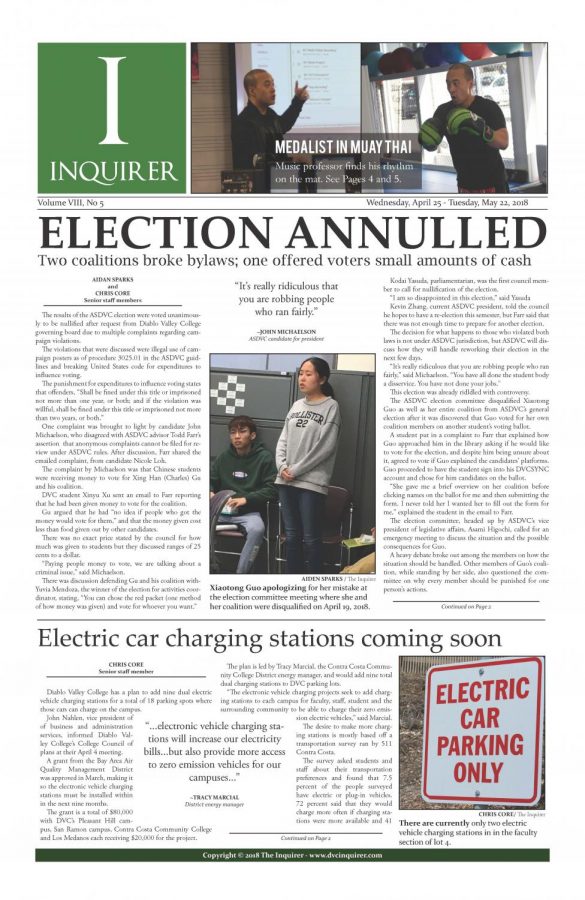“The Master” is the brilliantly acted and adeptly directed epic tale of a World War II veteran whose drunken stumbling takes him to the charismatic leader of a cult religion called, “the Cause,” which vaguely resembles Scientology.
For director Paul Thomas Anderson’s (“There Will Be Blood”) sixth feature-length installment, he provides aesthetically stunning cinematography and is the first fictional film shot in 65mm since 1993. The film also boasts Oscar-worthy performances by established actors Joaquin Phoenix and Phillip Seymour Hoffman. That said, the film lacked a clear message and left the viewer wanting to know more about the motivations of cult leader Lancaster Dodd (Hoffman) and his group of followers, namely his devoted wife Peggy (exceptionally portrayed by Amy Adams).
The film begins with Freddie Quell (Phoenix), a troubled alcoholic soldier at the end of his tour of duty during WWII. The first signs of Freddie’s unusual nature and loneliness appear when a group of his fellow soldiers build a woman from beach sand and Freddie uses the image to masturbate and simulate sex with before falling asleep with his arm around her.
After several failed attempts to rejoin society, Freddie flees to San Francisco where he sneaks onto a ship owned by self-described writer, doctor, nuclear physicist and theoretical philosopher, Lancaster Dodd. Instead of chastising Freddie’s indiscretion, Dodd believes he can help Freddie, using his method of “processing” which attempts to confront past traumas using name repetition and recalling of past traumatic events.
Dodd senses Freddie’s helpless floundering and both men see in each other the possibility of a mutually beneficial, albeit unusual relationship. Freddie physically attacks any dissenters of the Cause and although he does not approve of Freddie’s violent reactions, a particularly memorable scene depicts Dodd defending Freddie when several family members voice their mistrust and dislike of Freddie.
Dodd makes little progress in helping Freddie cope with his troubled past, and Freddie’s volatile anger reinforces a similar tendency in Dodd. While usually a charming and polite gentleman, Dodd’s own brutish nature surfaces with bursts of extreme anger when challenged or questioned by one partygoer and in another scene, by an avid Cause follower, Helen.
Toward the end of the film, Dodd explains to Freddie he must commit to the Cause for life or never show his face again. Dodd finishes by telling Freddie, if you discover how to live without a master, please tell us how you did it.
While somewhat unclear, it seems Dodd feels Freddie is his ultimate test subject. If Freddie stays with him, Dodd believes he can “cure” him, but an uncommitted Freddie would be a reminder of Dodd’s failure and an invalidation of the Cause.
Because of the unsatisfying ending, and vague message, “The Master” is not for everyone but a must-see for cinephiles, that leaves the viewer with endless possibilities for post-film discussion. Phoenix gives a stunningly vulnerable performance and immerses himself in the role to the point where every movement belongs to Quell, not Phoenix. Hoffman so phenomenally portrays the captivating Dodd, he leaves the viewer begging for deeper exploration into his character, giving yet another reason to never question his range as an actor.




































































